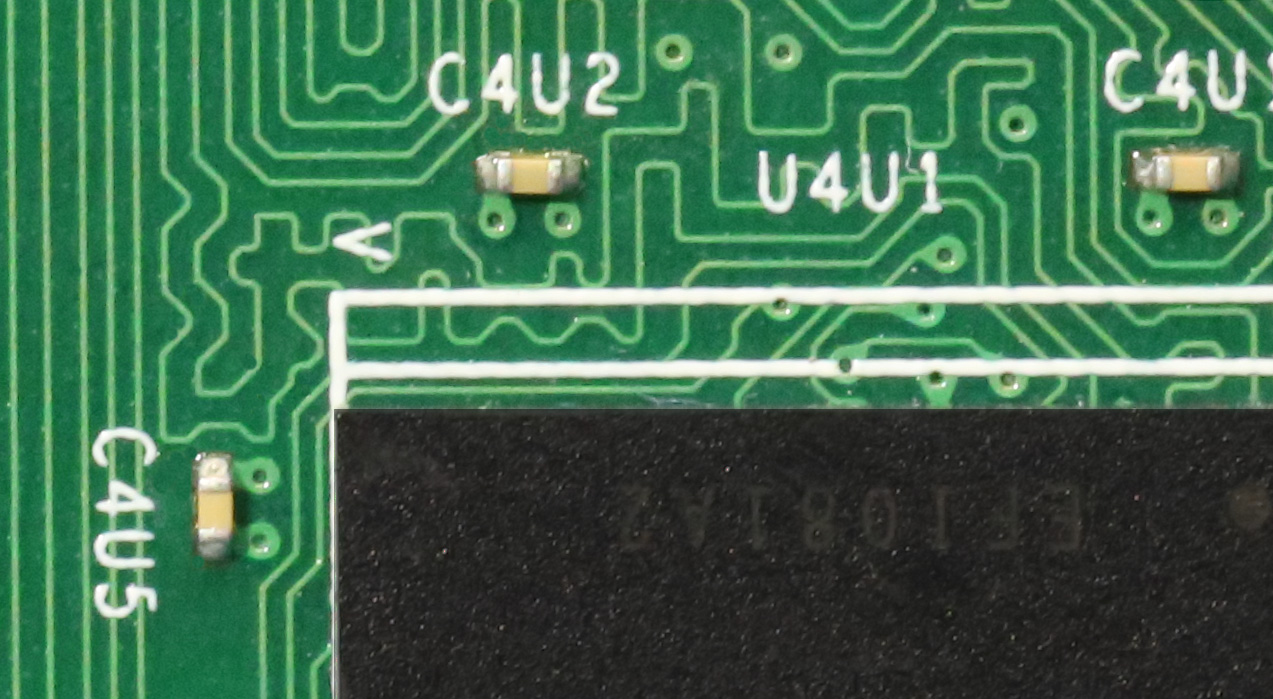EMC Question of the Week: January 13, 2020

At the highest frequencies where a printed circuit board decoupling capacitor is still effective, its impedance is typically a
- negative reactance (capacitance)
- positive resistance
- positive reactance (inductance)
- negative resistance
Answer
The best answer is "c". Decoupling capacitors provide charge as long as their impedance is low relative to other sources of charge. At low frequencies, their impedance is dominated by the capacitance, but at high frequencies their impedance is generally dominated by their connection inductance. The surface-mount multi-layer ceramic capacitors (MLCCs) typically used for high-frequency decoupling generally have an impedance that is an inductance at the frequencies where they are the most effective. For example a surface-mount 0603 MLCC, with a nominal value of 0.01 μF and a connection inductance (to power distribution planes) of 2 nH, will have a self-resonant frequency of about 36 MHz. At frequencies above 36 MHz, the capacitor's impedance is a positive reactance.
One reason that 0.01 μF is a popular value for printed circuit board decoupling is that a well-connected SMT 0.01 μF capacitor is at or beyond self resonance at radiated emissions frequencies (i.e. above 30 MHz). Larger valued capacitors with the same connection inductance don't work any better than 0.01 μF capacitors above 30 MHz, though they may exhibit better performance at lower frequencies.
Have a comment or question regarding this solution? We'd like to hear from you. Email us at
